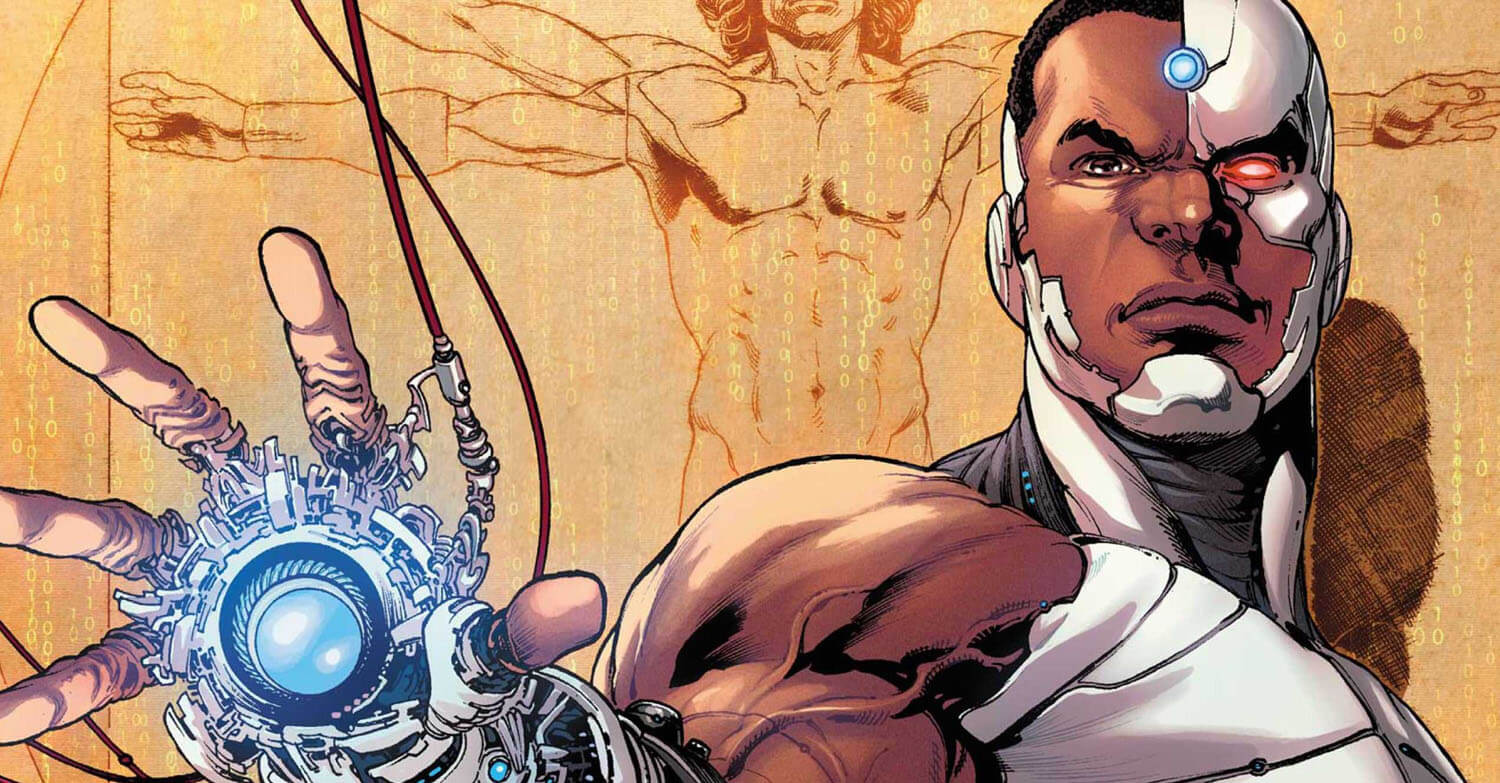The fascination with mechanical devices that look and function as humans have always propelled generations of artists, scientists, and more. Whether it is mimicking the sounds and talking pre-recorded messages or simply walks and rolls on wheels. There have been numerous attempts at bringing this bionic man to life through movies, comics, art, and actual inventions. Though they looked nothing like those portrayed in the media, yet the scientific community kept working on making them functional and useful with time.
The Origins of Cyborgs
The term itself can be understood as comprising of two words. The first part is ?cybernetic? which is something derived from computers. The second part is ?organism? which means something that has the organic or bio-mechanic look and behavior. The terms bionic, android and others used synonymously to refer to the same thing have their origins from a different time in history. However, most of the words can be attributed to medical and artists in the media industry.
Military Boost
The main reason this bionic or android beings came into full force was after the great wars fought in history, especially after World War 1 and 2. With millions of disabled soldiers, the market for prosthetics and research into better and more functional body parts such as legs and hands grew. There was an impetus into designing and making novel devices that can look and function as human legs and hands while being made of artificial materials.
This gave rise to the term cyborg, meaning a combination of both human and metal. The android robots were also the same and the bionic implants that made humans perform with the help of these artificial substitutes helped cement the idea further.
Companies Devoted to this Cause
The Cyborg Foundation established in 2004 is one that is known for the first attempts in making this a reality in the modern era. Even, there have been TED Talks by some people who have got implants in their vital organs like brains to sense the environment better. Rob Spence is another individual who has spent his time developing something called ?Eyeborg? which he installed instead of his eye that was removed after an accident.
Pros
- There have been real cases where human organs have been substituted by artificial ones making first bionic humans.
- There have been operations in the animal kingdom as well.
- The area of research is growing fast today with miniaturization and 3D printing technology making strides.
Cons
- There is still a long way to bridge the gap between human-computer interaction to make these medical devices function more in harmony with human tissues and muscles.
- The nanotechnology promises one such avenue which is still far from reach.
Conclusion
To what appeared as a novice attempt centuries ago by the name of fake toes and legs, paved the way for today?s extremely sophisticated human arm prosthetics and other medical devices. These implants have made humans the first bionic organisms. They are made of metal and tissues, together.

